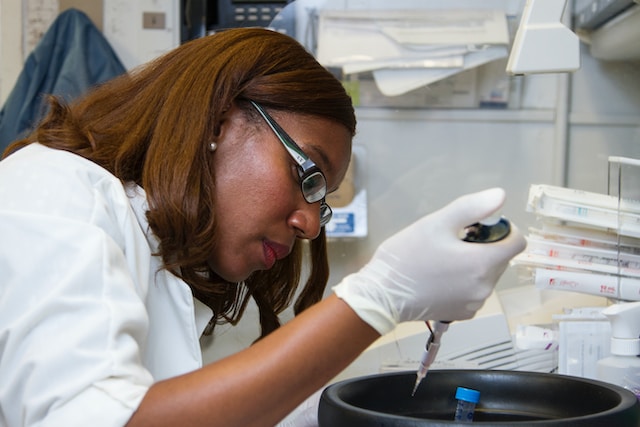Ovulation is a crucial part of a woman’s menstrual cycle, as it’s the process by which an egg is released from the ovary and can be fertilized by sperm. For some women, however, ovulation is accompanied by pain or discomfort, known as ovulation pain or mittelschmerz. The cause of this pain has long been a mystery, but recent research has shed new light on the topic.
According to a study published in the journal Human Reproduction, ovulation pain may be caused by the release of an inflammatory protein called prostaglandin. The study found that women who experienced ovulation pain had higher levels of prostaglandin in their follicular fluid, which surrounds the developing egg in the ovary.
Prostaglandin is a hormone-like substance that plays a role in many physiological processes, including inflammation and pain. During ovulation, prostaglandin is thought to be released along with the egg, and can cause irritation and inflammation in the surrounding tissues, leading to pain.
Another possible explanation for ovulation pain is the stretching of the ovarian surface as the follicle ruptures and releases the egg. This stretching can cause discomfort or pain in some women.
Despite these new findings, the exact cause of ovulation pain is still not fully understood. It’s also worth noting that not all women experience ovulation pain, and for those who do, the severity and duration of the pain can vary widely.
While ovulation pain is generally considered to be a normal part of the menstrual cycle, it’s important to be aware of any changes or unusual symptoms. In some cases, ovulation pain can be a sign of an underlying condition, such as ovarian cysts or endometriosis.
If you experience severe or persistent pain during ovulation, or if you have other symptoms such as fever or heavy bleeding, it’s important to see your healthcare provider. They can help to rule out any underlying conditions and recommend treatment options if necessary.
If you’re trying to conceive, ovulation pain can be a helpful clue to your most fertile days. Ovulation typically occurs around day 14 of a 28-day cycle, but can vary from woman to woman and from cycle to cycle. Keeping track of your menstrual cycle and any symptoms you experience can help you to identify your most fertile days and increase your chances of getting pregnant.
In conclusion, the mystery of ovulation pain is slowly being unraveled, with new research suggesting that prostaglandin may play a role in the discomfort experienced by some women. While ovulation pain is usually normal, it’s important to be aware of any changes or unusual symptoms and seek medical attention if necessary. By understanding your body and tracking your menstrual cycle, you can use ovulation pain as a helpful tool in achieving your reproductive goals.











